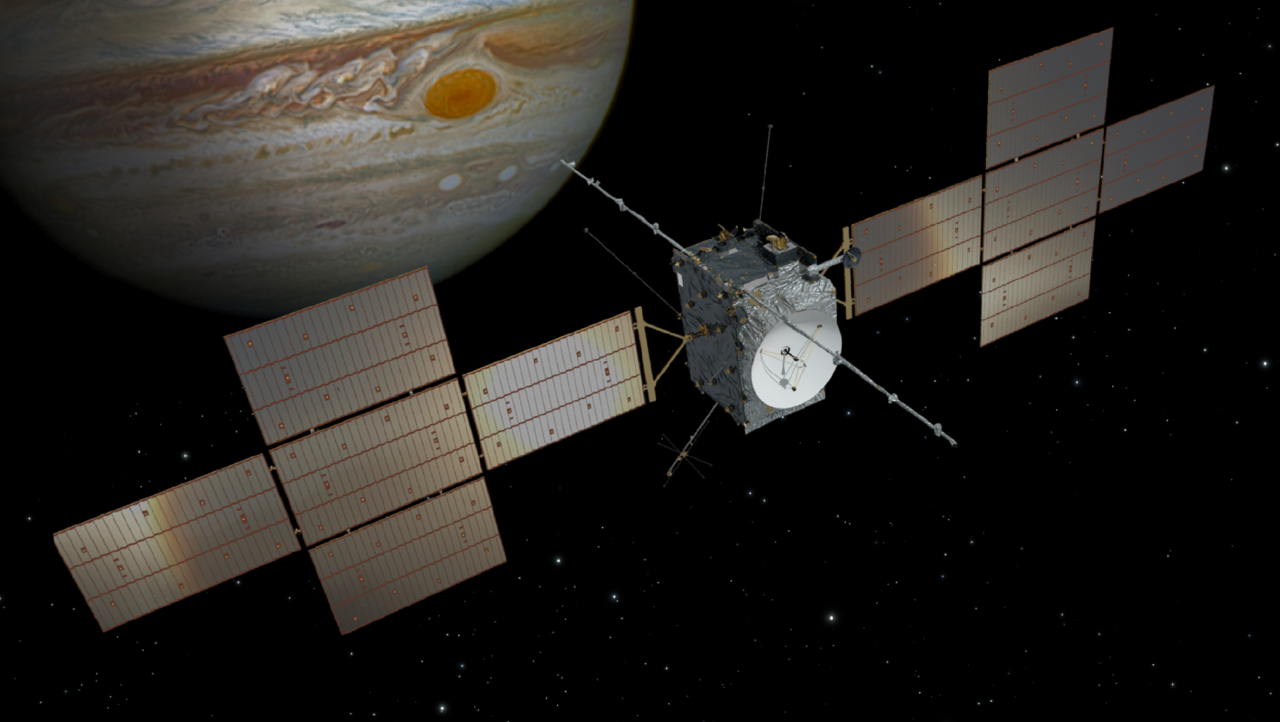A study conducted by a researcher from the HUN-REN Research Center for Astronomy and Earth Sciences has received the Institute of Physics (IOP) Publishing’s Most Cited Article Award, reported hun-ren.hu. This prestigious acknowledgement recognizes publications that fall within the top one percent of the most-cited articles in recent IOP Publishing journals.
This year’s award includes articles led by North American researchers for the first time. Among the winners is a paper authored by Kevin Flaherty (Williams College, USA), where a collaborative effort involving researchers from the US, China, and Hungary delved into the exploration of turbulence—an essential yet elusive property of protoplanetary disks.
Protoplanetary disks of matter around young stars serve as the birthplace for exoplanetary systems. The turbulence within these disks significantly influences the clumping of dust particles, facilitating the formation of larger bodies, planetary structures, and ultimately, planets.
While turbulence is a critical factor in numerous models of planet formation, its direct determination has been limited to only a few planet-forming disks.
To address this, the researchers employed the Atacama Large Millimeter/Sub-millimeter Array (ALMA) radio antenna system to measure the gas material around three young stars: DM Tau, MWC 480, and V4046 Sgr. The recorded data was utilized to study the broadening of the spectral line of the carbon monoxide molecule, aiming to identify signs of turbulence. The results indicated the presence of measurable turbulence in the DM Tau disk.
The investigation of protoplanetary disks using ALMA constitutes a focal point for the research group led by Ágnes Kóspál and her team at the HUN-REN Research Center for Astronomy and Earth Sciences.
As Kóspál explained, “ALMA’s exceptional sensitivity and fine frequency resolution enabled us to detect a subtle effect of turbulence in one of the disks. This positions DM Tau as one of the few discs where the extent of turbulence has been successfully determined.”
In existing literature, most studies only provide an upper limit on the speed of turbulent motions, implying weak turbulence in the majority of discs. The discovery of strong turbulence in the DM Tau disk raises intriguing possibilities, such as potential correlations with stronger ionizing radiation, a more robust magnetic field, or the comparatively younger age of the star compared to other systems under study.
Via hun-ren.hu; Featured Image: Pixabay

